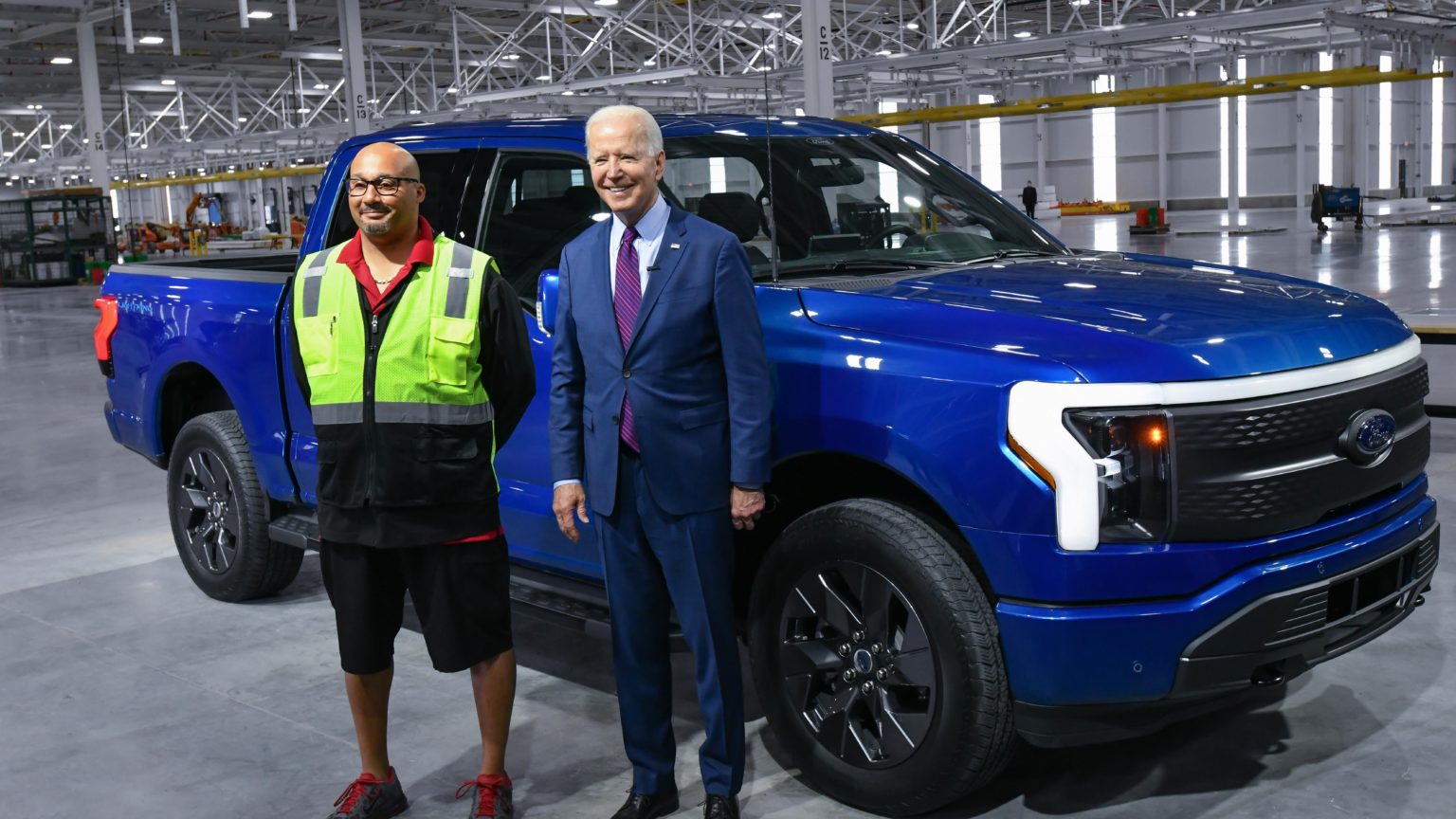In the last several months, we’ve seen automakers from all corners of the globe commit to some degree of electrification by the end of the decade and beyond. That includes the American Big Three: Ford Motor Company, General Motors, and Stellantis (Chrysler, Dodge, Jeep, others). Today, President Joe Biden plans to throw his weight behind these efforts by signing an executive order that sets a goal of pushing the sales of zero-emissions vehicles to half of all vehicle sales in the U.S. by 2030.
Biden’s target is not legally binding, but the industry is already jumping on board. In a joint statement, Ford, General Motors, and Stellantis confirmed that they aim to hit an EV sales volume of 40-50 percent annually. It’s worth noting that the President’s 50 percent goal and the automakers’ sales targets also include plug-in hybrid vehicles, which still use a traditional gasoline engine.
The target also includes plug-in hybrid vehicles, which still use gas engines.Jeep
Auto unions and dealers are not opposed to the ambitious roadmaps laid out by the Big Three, but both have differing views on what is essential and how things will ultimately play out. While aware of the goals, the UAW is focused on wage growth and the preservation of jobs and benefits. It feels that an increase in EV production volume must happen here in the U.S. to include good-paying American union jobs.
Dealers, to a degree, are supportive of the goals but skeptical of their ultimate success. Some feel that electric vehicles do not present the earth-shattering shift in functionality and usability that other new products, such as smartphones, did in different industries. Regardless of concerns and skepticism, it appears that automakers are going all-in on the shift to electrification, so we’re bound to see a wealth of new battery-electric and plug-in hybrid vehicles in the next few years.
Automakers are pledging billions to increase EV and PHEV production volume.GM








